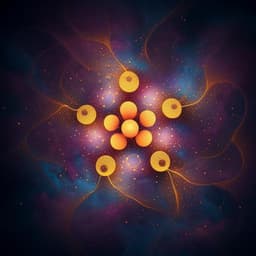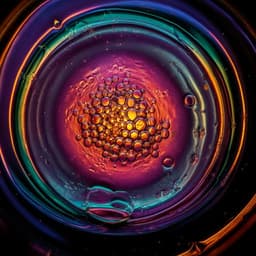
Engineering and Technology
Photopatterned microswimmers with programmable motion without external stimuli
Y. Choi, C. Park, et al.
This innovative research presents programmable microscale swimmers driven by the Marangoni effect, allowing them to self-propel on water surfaces without any external stimuli. The team, including Yeongjae Choi and others, showcases a novel photopatterning method that enables high-throughput generation of these dynamic microswimmers with various functional parts and unique material properties.
Playback language: English
Related Publications
Explore these studies to deepen your understanding of the subject.







